Multi-Part Art Exhibition, Watershed Experience Opens This Summer
Academy of Natural Sciences
JUNE 28, 2022
“I would urge that we ‘think like a watershed’ … mindful of the intricate human and natural connections that link the greater water system.”. Roland Wall, Director of the Patrick Center for Environmental Research, Academy of Natural Sciences. Inside the Watershed.


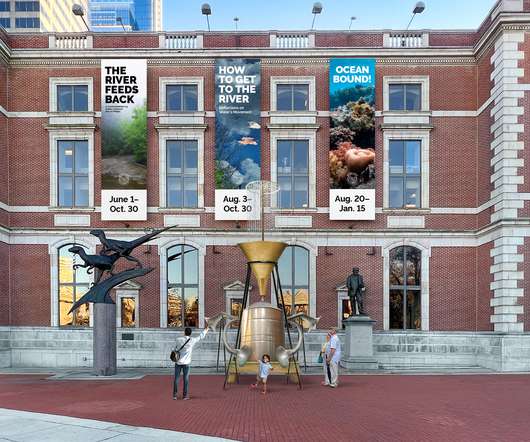
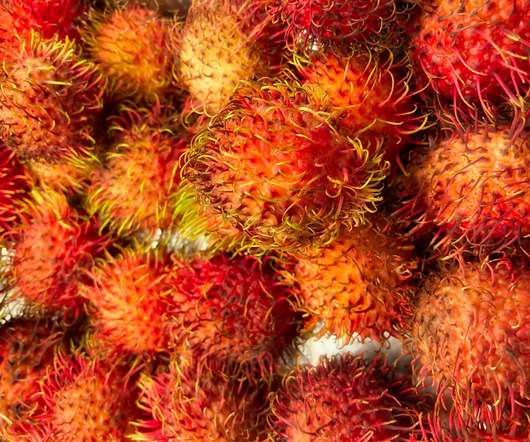
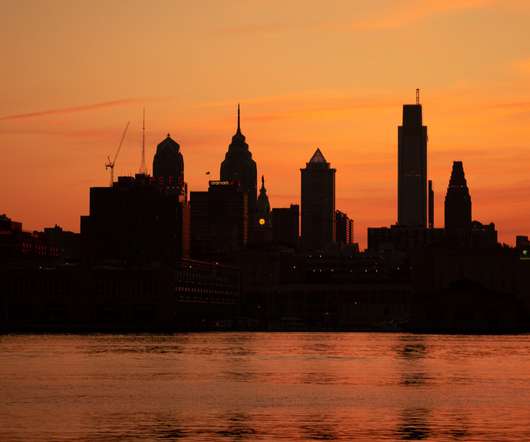
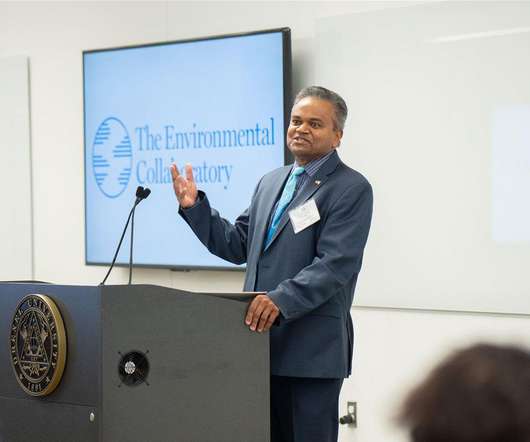

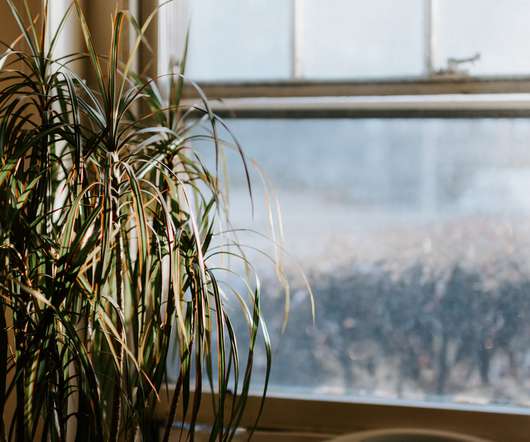






Let's personalize your content